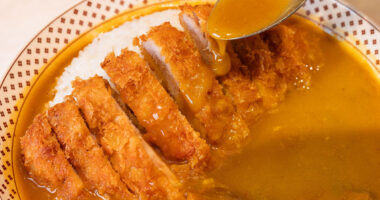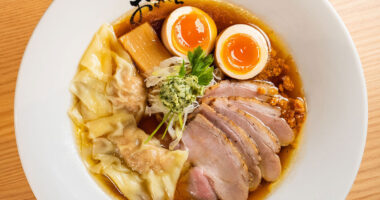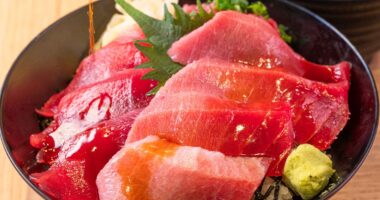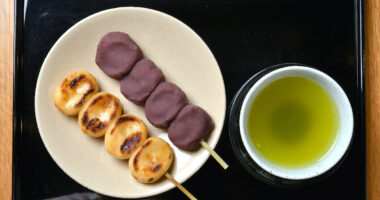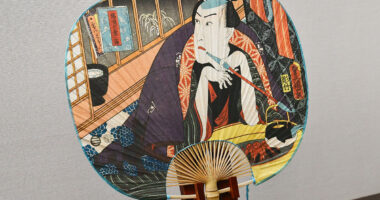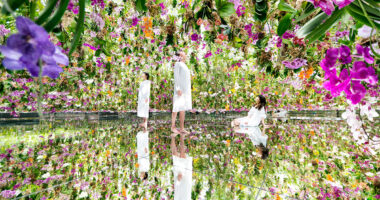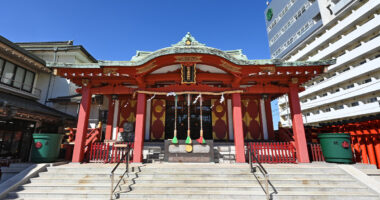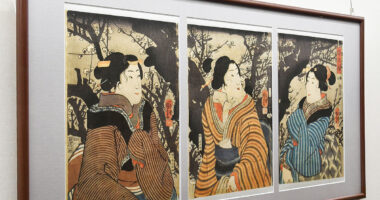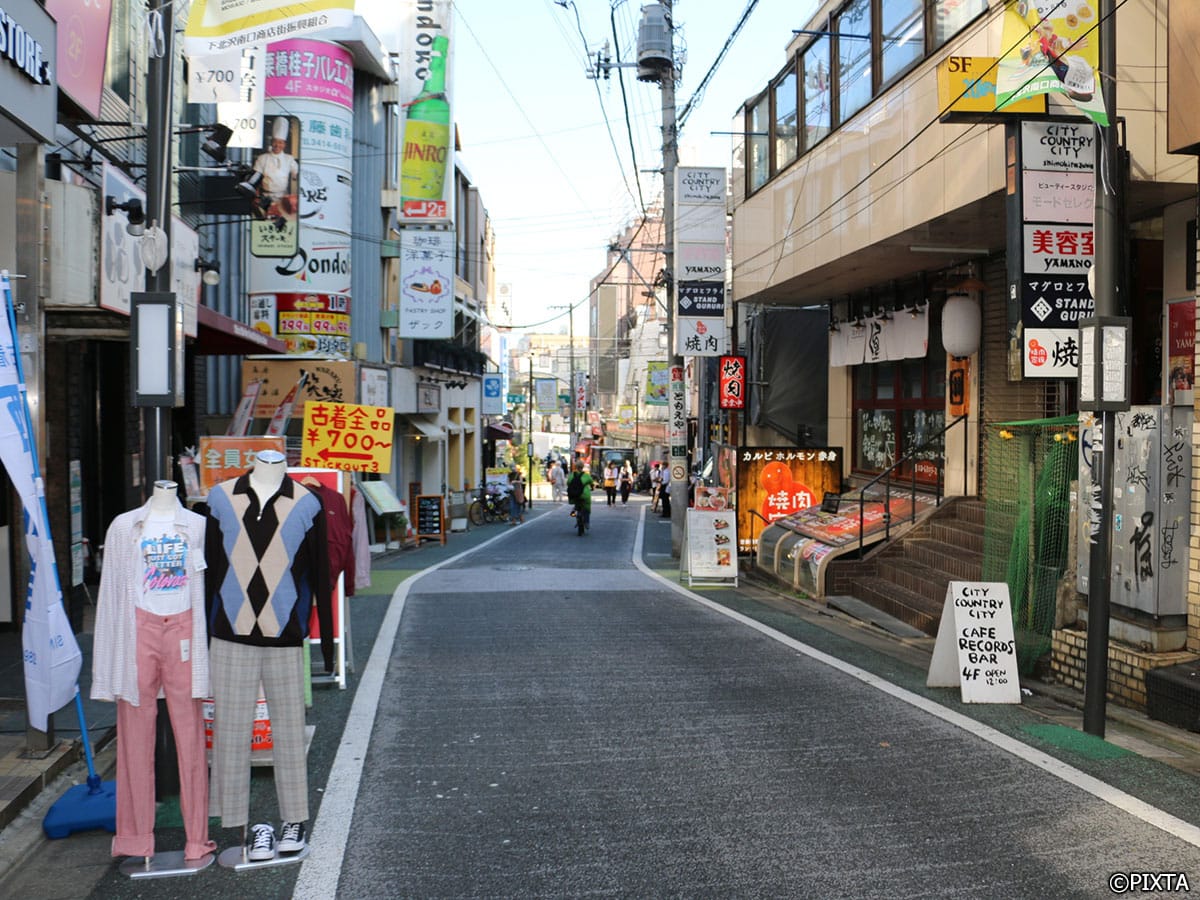Located in Sumida, Tokyo, the “TOBACCO & SALT MUSEUM” (referred to hereafter as “Tobacco & Salt Museum”) is, as its name suggests, a unique museum where visitors can learn about the history and culture of tobacco and salt.
But that’s not all—the museum is also home to an impressive collection of ukiyo-e prints. These traditional woodblock prints from the Edo period (1603–1868) provide fascinating glimpses into the customs, fashion, and daily lives of people at the time.
An ukiyo-e collection showcasing Japan’s tobacco culture
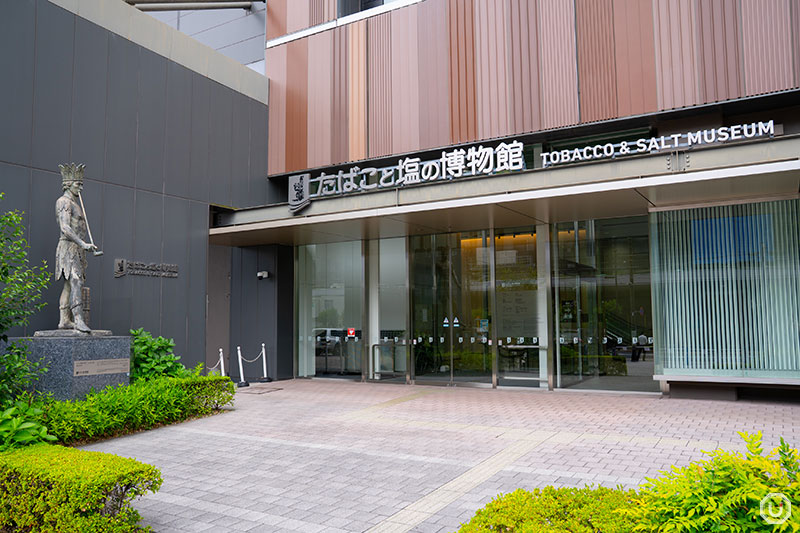
Exterior of Tobacco & Salt Museum
In Japan, both tobacco and salt were once government monopolies.
To mark the 70th anniversary of the tobacco monopoly, the Tobacco & Salt Museum was founded in 1978.
Since relocating from Shibuya to its current site in Oshiage in 2015, the museum has preserved around 2,000 artworks related to tobacco, including a wide range of ukiyo-e.
Ukiyo (literally “the floating world”) refers to the trends, customs, and entertainments of the time, and ukiyo-e developed greatly during the Edo period as woodblock prints that reflected this commoner culture.
They vividly depict various motifs such as the lives of people of the era, cityscapes, popular actors, and portraits of beautiful women.
The ukiyo-e works collected at the Tobacco & Salt Museum are notable for not being limited to specific artists or periods, but instead offering a wide range of pieces. It’s an impressive collection that conveys the diversity of ukiyo-e during the Edo period.
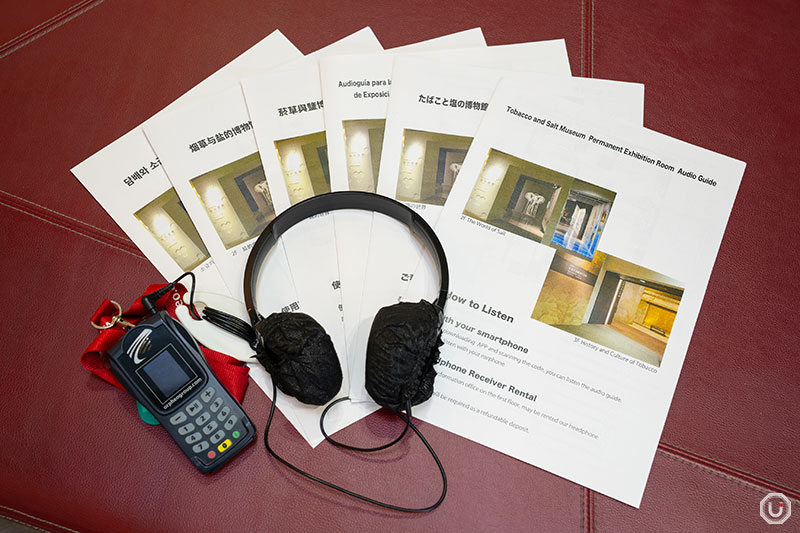
Audio guides available in five languages
There is also plenty of support to help you fully enjoy the exhibits.
At the reception desk, both audio guides and printed pamphlets are available. The audio guide supports Japanese, English, Chinese, Korean, and Spanish.
In addition, the printed pamphlets are also offered in Japanese, English, Chinese, Korean, and Spanish.
The ukiyo-e collection: a key to understanding commoner culture
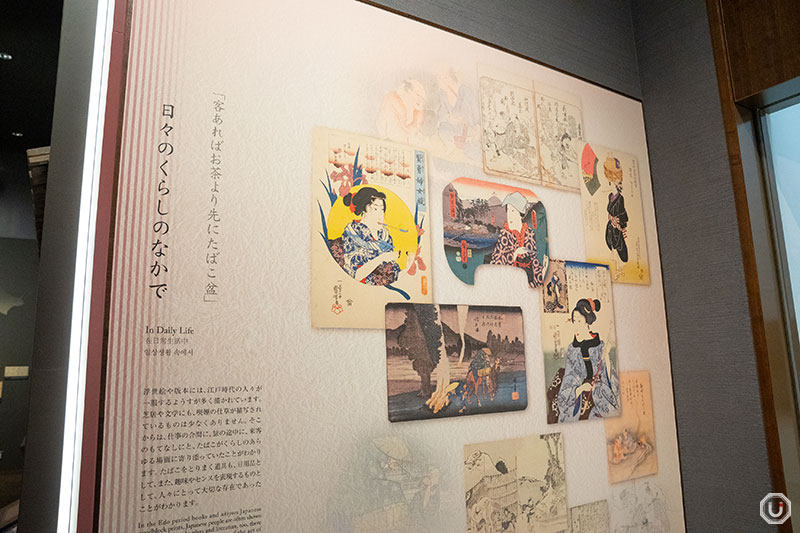
Ukiyo-e featuring tobacco reveal the lifestyle and culture of Edo
Tobacco is said to have been introduced to Japan in the late 16th century, and from the Edo period onward it became a familiar part of daily life.
Today, taking a break often brings to mind tea time, but in the Edo period, common people would say, “Let’s have a smoke” when they wanted to pause and rest.
That habit is vividly reflected in ukiyo-e, where smoking scenes, kiseru (traditional pipes), and tobacco pouches frequently appear.
At the Tobacco & Salt Museum, these paintings serve to show how deeply tobacco became rooted in people’s lives.
The collection of ukiyo-e here is not treated merely as art, but also as cultural material—providing a way to unlock the values and social climate of the era.
A rich ukiyo-e collection to enjoy from many perspectives
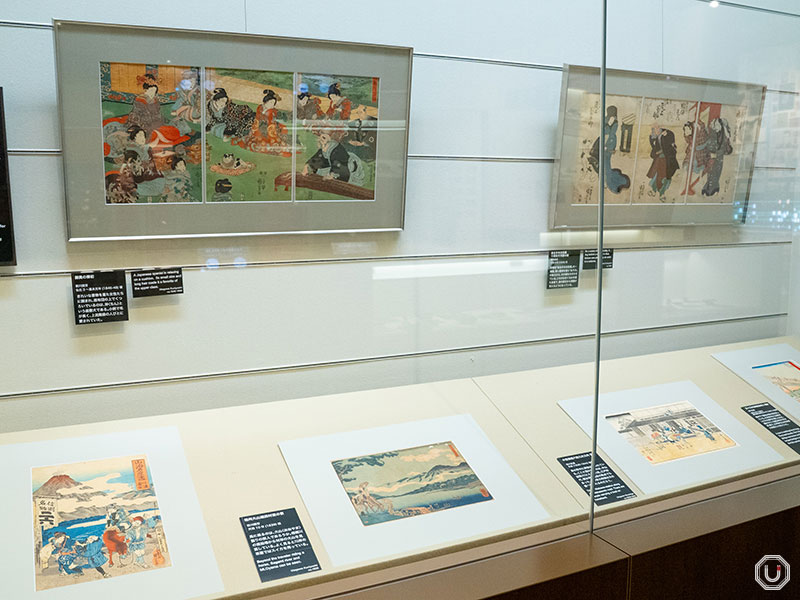
Themed exhibitions change regularly, offering a variety of collections
At the Tobacco & Salt Museum, visitors can enjoy both special exhibitions—which change their themes periodically—and permanent exhibitions that introduce the history and culture of tobacco and salt.
One highlight of the permanent collection is the dedicated ukiyo-e gallery. Here, not only works related to tobacco but also pieces selected from various perspectives, such as historical context and everyday life, are on display.
When we visited in July 2025, a seasonal exhibition featured ukiyo-e with animal motifs—a theme especially fun for children during summer vacation.
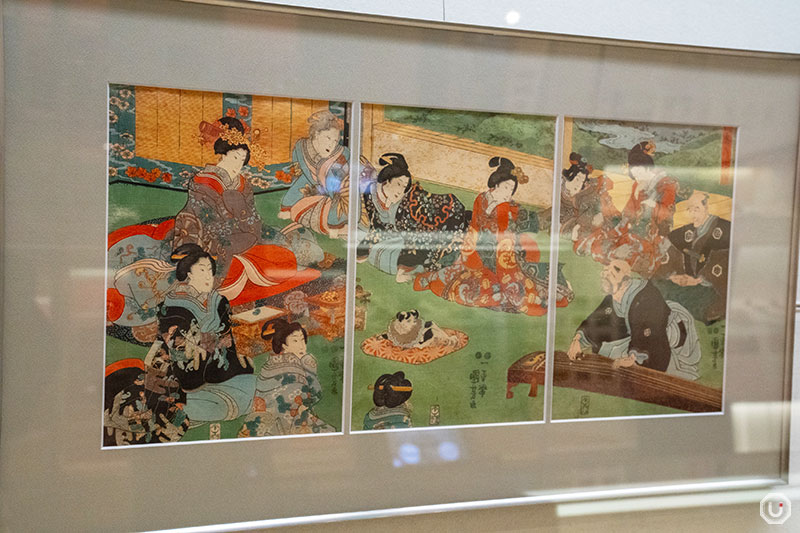
Utagawa Kuniyoshi, “New Year’s Musical Performance at the Inner Palace”
The first piece to introduce is Utagawa Kuniyoshi’s “New Year’s Musical Performance at the Inner Palace”.
It depicts women of the upper class enjoying playing the koto within a grand residence.
At the center of the group sits a Japanese Chin dog, adorned with a decorative collar. During this era, the Chin was cherished as a pet among the aristocracy.
Notice not only the presence of the animal but also the elegantly dressed woman on the left, clad in particularly lavish garments. In front of her lies a tobacco tray holding a full set of smoking implements, showing how tobacco was enjoyed even among elite women.
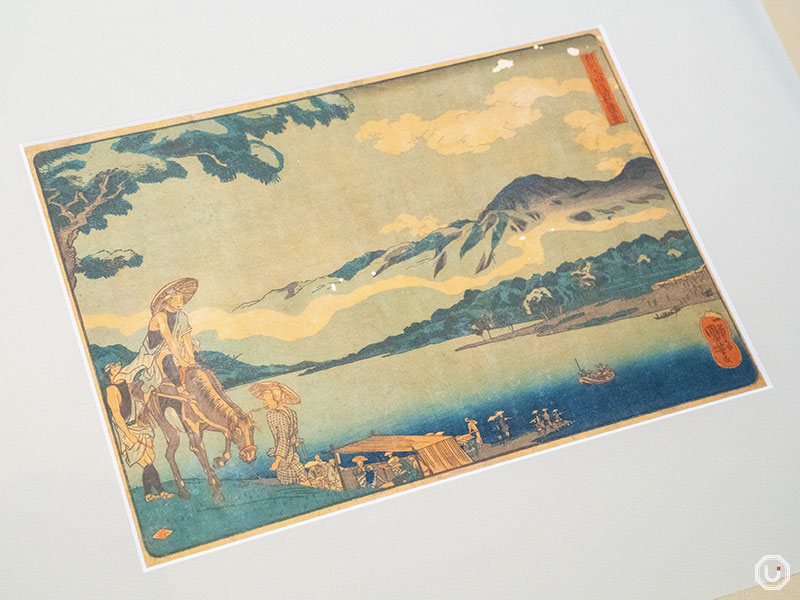
Utagawa Kuniyoshi, “View of Tamurabashi on the Ōyama Road in Sagami Province”
This is another work by Utagawa Kuniyoshi: “View of Tamurabashi on the Ōyama Road in Sagami Province.” It showcases his hallmark style—bold, dynamic compositions paired with warm, expressive depictions of people.
In the scene, travelers are shown riding animals against the backdrop of a mountain range, their slightly humorous demeanor adding charm. The meticulous brushwork captures both the atmosphere of the journey and the simple expressions of the figures, imbuing the landscape with a strong narrative quality.
If you look closely, you’ll notice one traveler holding a kiseru. Even in casual gestures, the rhythms of daily life in Edo come alive.
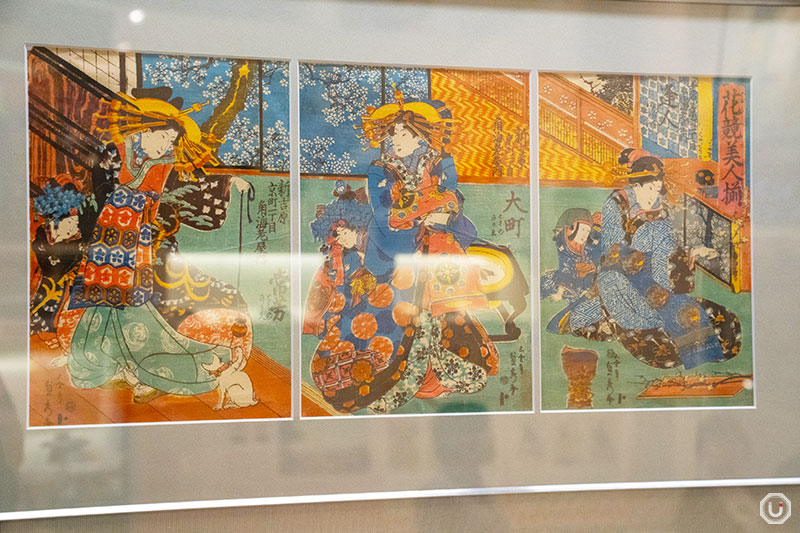
Utagawa Sadahide, “Contest of Beauties in Floral Patterns”
Next is Utagawa Sadahide’s “Contest of Beauties in Floral Patterns”. The work vividly portrays courtesans of Yoshiwara, dressed in resplendent kimono and adorned with sophisticated hairstyles.
A cat can also be seen within the scene, adding a touch of softness to the atmosphere.
The Yoshiwara pleasure district, along with others, flourished as a government-licensed entertainment area in Edo and became a frequent subject of ukiyo-e. Cats, often featured in these artworks, symbolized the fleeting charm of this world and the lives of courtesans, vividly reflecting the era’s fashions, customs, and aesthetic ideals.
In the center, the courtesan is shown holding a kiseru. Whether as part of their attire or woven into gestures, the presence of tobacco reveals how it was integrated into daily life in the Edo period.
Take ukiyo-e inspired merch home from the museum shop
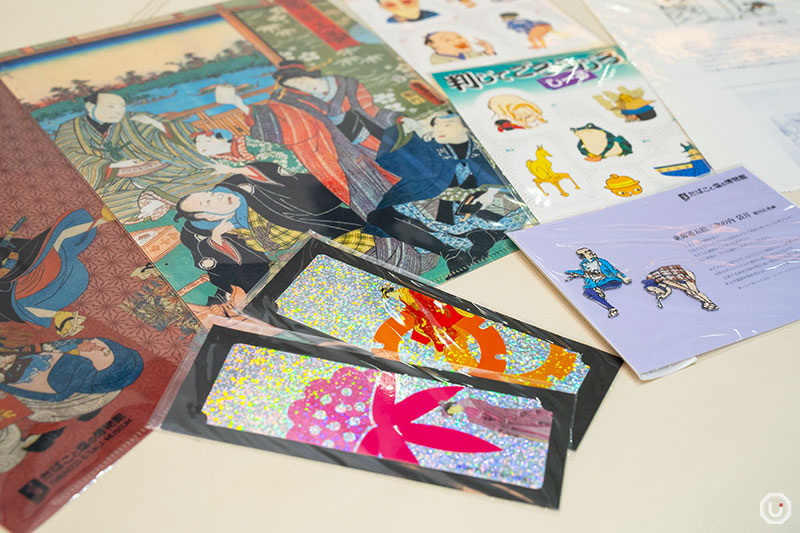
From classic postcards to unique stationery, a wide variety awaits
On the first floor, the museum shop offers a range of items related to tobacco and salt, along with original goods inspired by pieces from the collection. There are also ukiyo-e themed products, which make perfect souvenirs or small gifts.
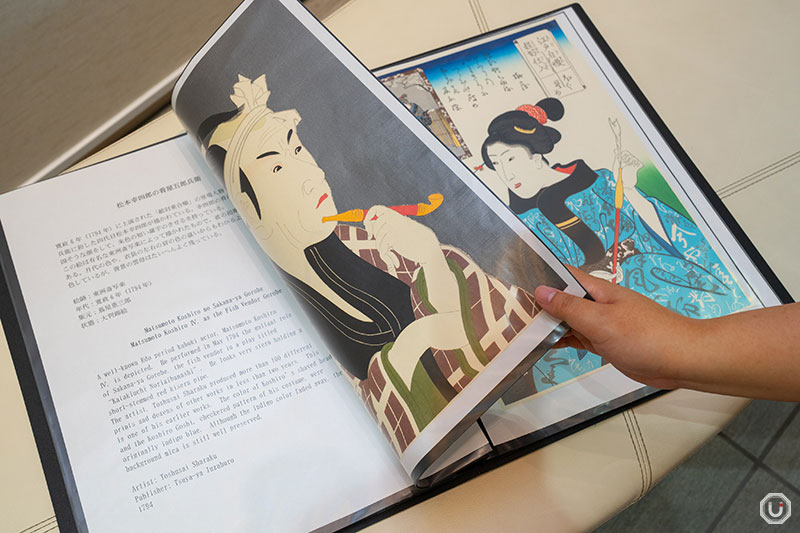
1 sheet, 7,150 JPY (tax included)
In addition, the museum shop also sells reproductions of ukiyo-e from the Tobacco and Salt Museum’s collection.
If you ask the staff, they will provide a file containing the prints and accompanying explanations, allowing you to choose the works that interest you most.
Bringing one home and displaying it will surely offer a way to reflect on and connect with the culture of Edo.
Information
| Facility name | たばこと塩の博物館 TOBACCO & SALT MUSEUM |
|---|---|
| Address | 1-16-3 Yokogawa, Sumida-ku, Tokyo
|
| Access |
Honjo-azumabashi Station 10-minute walk from Exit A2
Oshiage Station 12-minute walk from Exit B2
|
| Phone number | 03-3622-8801 |
| Hours | 10:00-17:00(last admission is 30 minutes before closing) |
| Closed | Monday (Except when a national holiday falls on Monday. In this case, the museum is open on the holiday and is closed the next day) Unscheduled holidays for maintenance, New Year holidays, and other occasions |
| Admission fee | General admission 300 JPY (tax included) for groups of 20 or more, an additional 200 JPY (tax included) Ages 65 and over / 100 JPY (tax included) for groups of 20 or more, an additional 50 JPY (tax included) Elementary, middle, and high school students / 100 JPY for groups of 20 or more, an additional 50 JPY (tax included) Free for visitors with a disability certificate (including 1 accompanying person, disability certificate required) |
| Official website | https://www.tabashio.jp/index.html |
| Pamphlets | Available with Japanese, English, Chinese, Korean, and Spanish language museum overview brochure only |
| Exhibit audio guides | Available with Japanese, English, Chinese, Korean, and Spanish language for audio guide rental, a deposit of 1,000 JPY (tax included) is required in cash |
※All museum information in this article is accurate as of August 2025.


